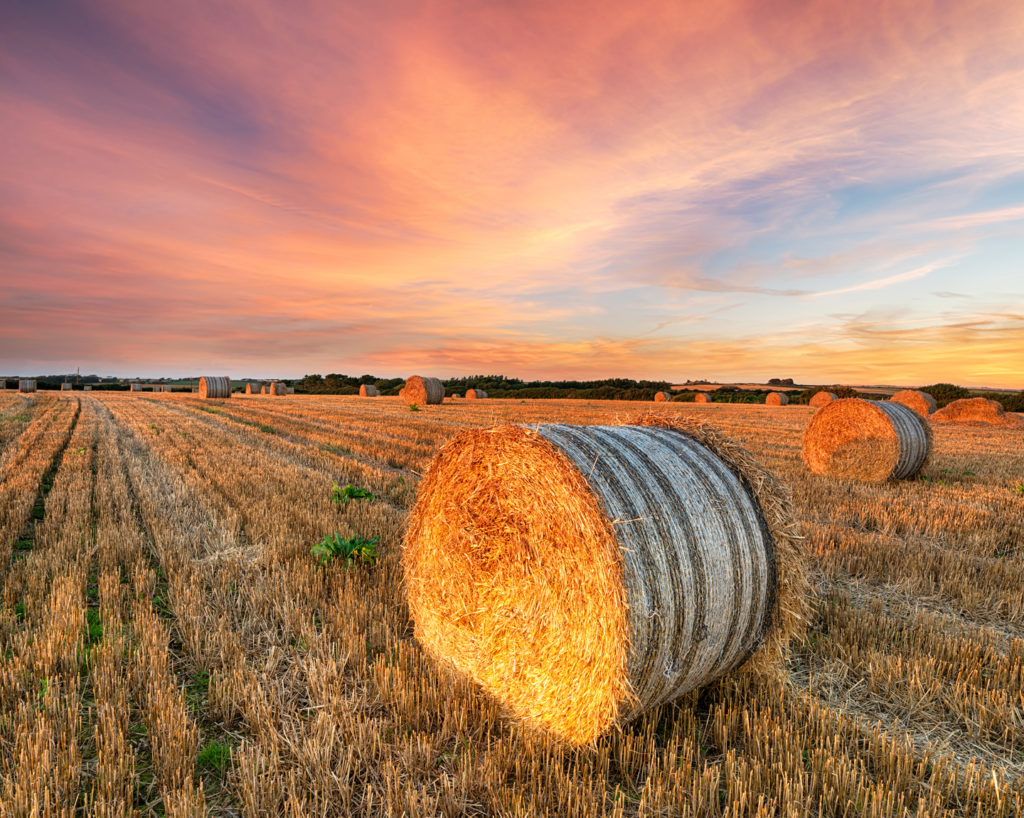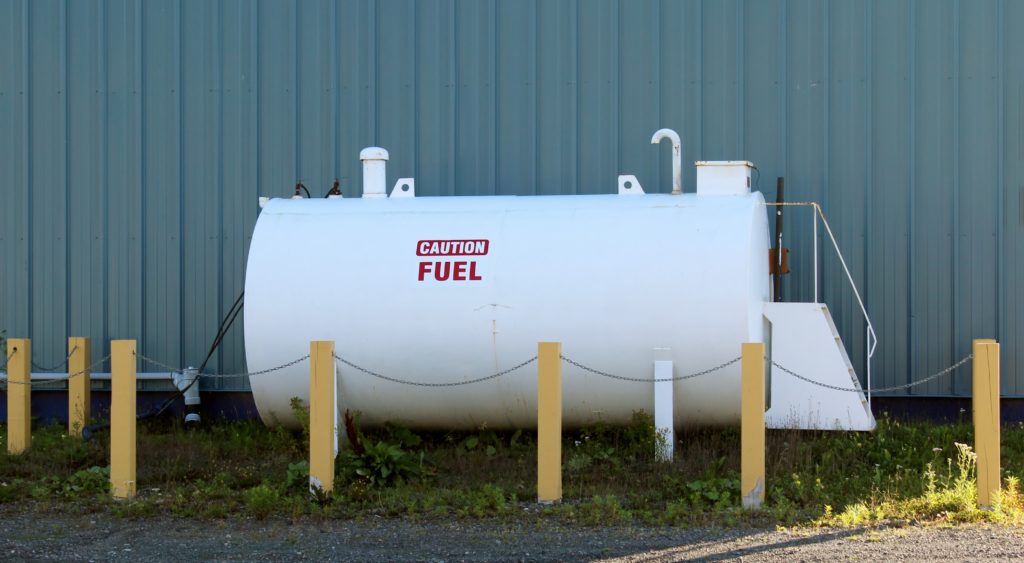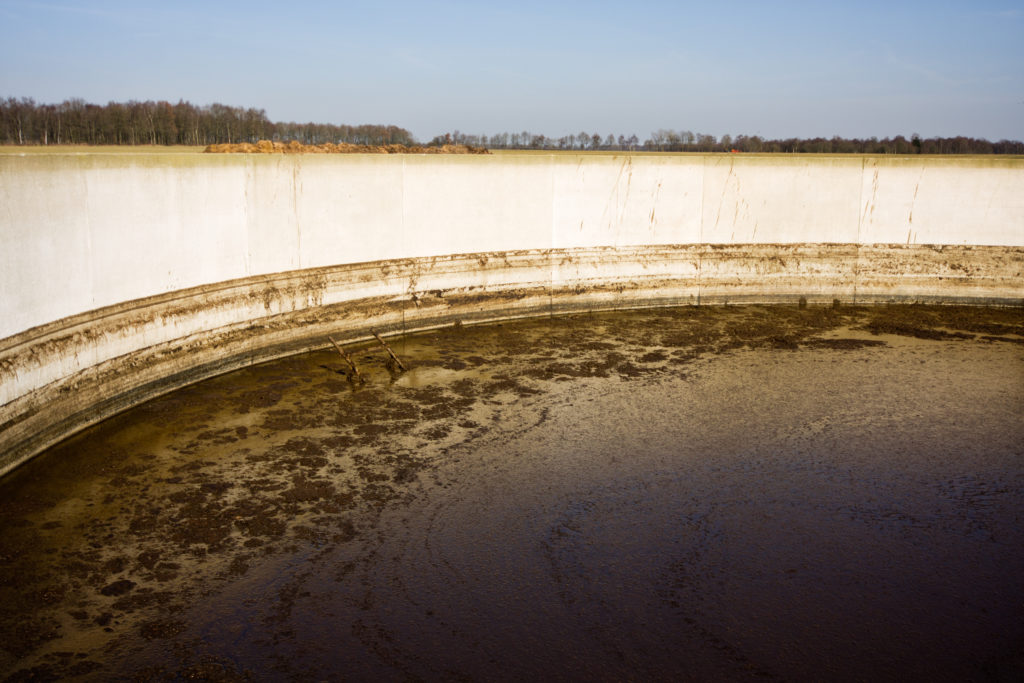New Agricultural Report – What are the 5 main environmental risks associated with agricultural land uses?

Agricultural land uses and farming take many forms; arable and pastoral, and/or organic and intensive.
Although farming has moved in recent years towards more organic methods, intensive farming methods are still very common and widely used commercially[1].
The agricultural activities at intensive farms can pose a variety of risks to the surrounding environment through contamination of air, land and water. Our main concerns from an Environmental Consultant’s perspective are the scale and type of processes involved in production and maintenance at farms, in particular those observed at intensive farms.
As for who regulates the running of agricultural sites, the Environment Agency (EA) carry out farm audits and issue permits for some agricultural or waste processing/storage activities. In addition through farm auditing and inspections the EA highlight key regulations, government codes of practice, and guidelines that the owner will need to adhere to.
1. Infilled land
Our historical mapping often allows us to identify ponds, disused workings or old quarries across areas of agricultural land. If over time we can no longer observe these features visually on mapping this indicates that they may have been infilled. These areas can often be infilled with waste from nearby land uses including farms and mines. Unless the infilled land has recently held or currently holds an environmental permit specifying the waste accepted, we cannot determine the exact contents of the potentially infilled area.
Infilled land has many possible environmental risks associated with it, and the severity is determined by the amount and type of waste the area is infilled with, the underlying geology and hydrogeology and the proximity to people or other organisms that may be significantly affected by exposure to contaminants. Infilled land, if not managed correctly, can result in groundwater pollution, soil fertility issues and air pollution from greenhouse gases such as methane[2,3]. Consequently human health can be at risk if pollutants filter into groundwater used for drinking water, and if the gases build up in units on infilled areas3. Often prior to construction, the local planning department will request the use of adequate control measures such as gas membranes and/or gas monitoring schemes across the areas affected[4].
Recently Groundsure undertook a Phase 1 Environmental Risk Assessment at a farm which was undergoing modernisation with the development of an Anaerobic Digestion Plant (ADP). Prior to the construction of the ADP the client raised the development area by moving in material from unspecified heaps across the rest of the site. This infilling/raising operation has the potential to cause issues if these materials to be used aren’t tested for contamination. If the materials were found to be contaminated, moving them around the site would spread contamination across the development area. However, in this situation Groundsure assessed the waste to be suitable for construction purposes. This is a good example where infilling or use of material to raise land could cause environmental problems.
2. Fuel storage
Fuel storage in one or more tanks is common at farms with many agricultural vehicles requiring fuel. The contaminated land risk is heightened when regulations are not followed. An example breach of these regulations would be if the storage tank is single-skinned and does not have a separate bund. A bund is a containment facility around the tank, if the tank leaks, the leak will be contained by the bund. In the event of a leak or spillage there would be nothing to stop a pollution incident without a bund and therefore an unbunded tank is of a higher environmental risk. Bunded tanks must be designed to contain over 110% of the tanks capacity to meet The Water Resources (Control of Pollution) (Silage, Slurry and Agricultural Fuel Oil) (England) Regulations 2010[5].
Nowadays the most common tanks on farms are modern plastic and self-bunded which means they’re structurally stronger than traditional tanks. In addition to causing potential contamination of soil, leaks from tanks have the potential to percolate into underlying aquifers, this is particularly important if the aquifer lies within a Source Protection Zone and is being used for drinking purposes. In addition, leaks could run into sensitive rivers or streams and affect the ecosystems within them.

In September 2017, a farmer in Northumberland was under investigation by the Environment Agency (EA) after moving a heating oil tank in close proximity to a stream. This tank slipped off the forklift as it was being moved and polluted a nearby stream and river (3). This was the second such incident at this farm and both incidents were looking to incur fines for the farmer. This highlights the importance of considering the location of watercourses when installing and moving fuel storage.
3. Slurry and waste storage
Farming and agricultural land uses produce large amounts of waste. In 2003, a survey completed in England showed 93% of all agricultural waste was natural waste, such as slurry and manure[6].
Slurry is a mixture of manure and water, which is broken down over time by bacteria. The decomposing processes form gases such as methane, a well-known greenhouse gas[7]. Often slurry is stored over the winter months until it is suitable for spreading during the following growing season. It is often used as a fertiliser and spread across arable farmland[8]. Slurry can be stored in various ways but is typically stored in large tanks and occasionally within slurry lagoons or ponds.

The Water Resources (Control of Pollution) (Silage, Slurry and Agricultural Fuel Oil) (England) Regulations 2010, state the requirements for the slurry storage systems. The regulations specify the maximum quantity of slurry that can be stored and that it must be stored more than 10m away from any inland freshwater or coastal waters[9]. In addition, farmers are provided with a Health and Safety Executive fact sheet which assists them with slurry storage guidance[10].
Slurry storage becomes a significant environmental concern when regulations are not adhered to or guidance is not followed. In 2014, an incident at a farm in Northern Ireland led to the death of an eight-year old boy when he inhaled lethal fumes which had collected over a slurry tank. The child was helping his father mix the slurry when they both felt unwell after inhaling hydrogen sulphide and other lethal gases produced by the slurry. This tragic story highlights the need for correct ventilation when storing slurry[8].
Slurry can also pose an issue if stored too close to surface water features or waterlogged ground. This can lead to pollution incidents and the disruption of local freshwater ecosystems[11,12]. Incidents are often investigated and sometimes lead to penalties like the breach by B&M Elkin & Son at Hall Farm in Hilderstone, whereby the Environment Agency fined them over £14,000 after thousands of fish were killed when slurry leaked into a nearby brook[13].
All other waste stored at farms is described as non-natural waste[6]. Non-natural waste can be disused pesticide containers, tyres, batteries, plastic, oil and much more. Around 135,500 tonnes of agricultural waste plastic is produced each year, which is 1.5% of England’s annual total of plastic waste[6]. Non-natural agricultural waste also includes hazardous materials such as asbestos from building sheets, waste oils and unused animal medicines. Disposal of these hazardous wastes must adhere to the following guidelines: Hazardous Waste (England and Wales) Regulations 2005 in England and Wales; Special Waste Amendment (Scotland) Regulations 2004 in Scotland; and Hazardous Waste Regulations (Northern Ireland) 2005 in Northern Ireland[6].
4. Excessive use of agricultural chemicals
In order to keep up with consumer demand for high volumes of produce, most farmers believe they must use fertilisers to maintain soil health. In order for soil used for farming purposes to maintain a high level of efficiency it’s important that the soil is not depleted of nutrients thereby affecting the quality and size of the yield[14]. After each growing cycle, crops will have absorbed specific nutrients often leaving the soil depleted, thus requiring the use of fertilisers to replace these nutrients. However, excessive use of fertilisers can lead to soil salinity, heavy metal accumulation, nitrate accumulation, water eutrophication and air pollution – predominantly nitrogen and sulphur[15].
In May 2017, a farmer (the same farmer who moved the previously mentioned fuel tank and polluted a river) in Northumberland spilled 3,000 litres of liquid fertiliser into Long Nanny Burn (a surface water feature) which killed about 2,000 fish and 60 critically endangered eels[5]. This pollution incident affected the watercourse for six miles over four days. This shows the highly negative effects that excessive fertiliser can cause, in this case it was a spill but persistent use of fertilisers over many growing seasons can have similar effects.
5. Permits and licences
Intensive farms are often large scale and undertake agricultural practices at a commercial level. These types of farms often require permits for their operation, particularly for processes like poultry farming, where over 40,000 poultry birds can be housed[1]. The permits often issued are Part A(1) Permits, and they outline the correct operation parameters for such large scale agricultural farms. The Environment Agency monitor these permitted farms to ensure processes are being completed under the agreed terms of the permit or licence issued. The risk for permitted sites is that some companies do not stay within the terms of the permit and on occasions may breach the conditions. These breaches can cause significant pollution incidents leading to a farmer being fined and potential for environmental damage occurring.
Further environmental permits often held by farms are associated with waste storage and processing or treatment facilities. In recent years, farming has moved towards becoming more sustainable and some farms have developed Anaerobic Digestion Plants to allow them to process their own waste and become less dependent on fossil fuels. Over 1,000 plants were active by 2010 and often require Permits issued by the Environment Agency due to their scale of production[16].
Groundsure recently carried out a Phase 1 Environmental Risk Assessment at a farm which had an Environmental Permit for processes associated with the storage and production of fertilisers. The consultations with the EA confirmed that this permit was currently active. However, when Environmental Consultants from Groundsure completed their site visit, they saw the processes associated with the permit were no longer in place. The owner of the property advised that they had kept the Permit in an active status as they believed it would add value to the property. Groundsure advised the owner that although it may appeal to the buyers, it may in fact devalue the property from an Environmental Risk perspective. Surrendering a permit often means the site must be returned back to its previous format. For example, if any contamination occurred due to the processes stated within the Permit, this would have to be remediated prior to surrendering the Permit. As a result, from an Environmental Liability perspective, having a surrendered Permit is reassuring and it is possible that lenders may favour this more during transactions as the Environmental Risk is far lower.
Click here find out more about Groundsure new and improved Agricultural search report.
References: 1. The Bureau Of Investigative Journalism. (2017). Intensive farming in the UK, by numbers. [Online] Available at: https://www.thebureauinvestigates.com/stories/2017-07-17/intensive-numbers-of-intensive-farming [Accessed 15th July. 2019]. 2. United States Environmental Protection Agency. (2019). Landfill Methane Outreach Program (LMOP). [Online] Available at: https://www.epa.gov/lmop/basic-information-about-landfill-gas [Accessed 15th July. 2019]. 3. BBC News. (2019). Northumberland farmer admits killing fish in oil spill. [Online] Available at: https://www .bbc.co.uk/news/uk-england-tyne-46801748 [Accessed 16th July. 2019]. 4. Health Protection Agency. (2011). Impact on Health of Emissions from Landfill Sites [Online] Available at: https://assets.publishing.service.gov.uk/government/uploads/system/uploads/attachment_data/file/334356/RCE-18_for_website_with_security.pdf [Accessed 16th July. 2019]. 5. The National Archives. (2010). The Water Resources (Control of Pollution) (Silage, Slurry and Agricultural Fuel Oil) (England) Regulations 2010. Schedule 3 Requirements For Fuel Oil Storage Areas. [Online] Available at: http://www.legislation.gov.uk/uksi/2010/639/schedule/3/made [Accessed 16th July. 2019]. 6. CIWM. (2019). Agricultural Waste. [Online] Available at: https://www.ciwm.co.uk/ciwm/knowledge/agricultural-waste.aspx [Accessed 17th July. 2019]. 7. Department for Environment Food & Rural Affairs. (2018). Code of good Agricultural Practice (COGAP) for Reducing Ammonia Emissions. [Online] Available at: https://www.gov.uk/government/publications/code-of-good-agricultural-practice-for-reducing-ammonia-emissions/code-of-good-agricultural-practice-cogap-for-reducing-ammonia-emissions [Accessed 17th July. 2019]. 8. BBC News. (2014). Dunloy farm death: What is slurry and why is it so dangerous?. [Online] Available at: https://www.bbc.co.uk/news/uk-northern-ireland-27754408 [Accessed 17th July. 2019]. 9. The National Archives. (2010). The Water Resources (Control of Pollution) (Silage, Slurry and Agricultural Fuel Oil) (England) Regulations 2010. Schedule 2 Requirements For Slurry Storage Systems. [Online] Available at: http://www.legislation.gov.uk/uksi/2010/639/schedule/2/made [Accessed 17th July. 2019]. 10. Health and Safety Executive. (2015). Managing slurry on farms. [Online] Available at: http://www.hse.gov.uk/pubns/ais9.pdf [Accessed 18th July. 2019]. 11. Opaluch, J.J. and Segerson, K., 1991. Aggregate analysis of site-specific pollution problems: The case of groundwater contamination from agriculture. Northeastern Journal of Agricultural and Resource Economics, 20(1), pp.83-97. [Accessed 18th July. 2019]. 12. Ledoux, E., Gomez, E., Monget, J.M., Viavattene, C., Viennot, P., Ducharne, A., Benoît, M., Mignolet, C., Schott, C. and Mary, B., 2007. Agriculture and groundwater nitrate contamination in the Seine basin. The STICS–MODCOU modelling chain. Science of the total environment, 375(1-3), pp.33-47. [Accessed 18th July. 2019]. 13. Farmers Weekly. (2018). Dairy farm hit with £14,000 penalty for slurry pollution. [Online] Available at: https://www.fwi.co.uk/news/environment/dairy-farm-hit-with-14000-penalty-for-slurry-pollution [Accessed 18th July. 2019]. 14. Savci, S., 2012. An agricultural pollutant: chemical fertilizer. International Journal of Environmental Science and Development, 3(1), p.73. [Accessed 19th July. 2019]. 15. United States Environmental Protection Agency. (2019). Nutirent Pollution: The Sources and Solutions: Agriculture. [Online] Available at: https://www.epa.gov/nutrientpollution/sources-and-solutions-agriculture [Accessed 19th July. 2019]. 16. DEFRA. (2010). European Experience of Small-Scale and On-Farm AD. [Online] Available at: http://randd.defra.gov.uk/Document.aspx?Document=WR1119_10121_TRP.pdf [Accessed 19th July. 2019].
Date:
Aug 9, 2019
Author:
Kathryn Jones

